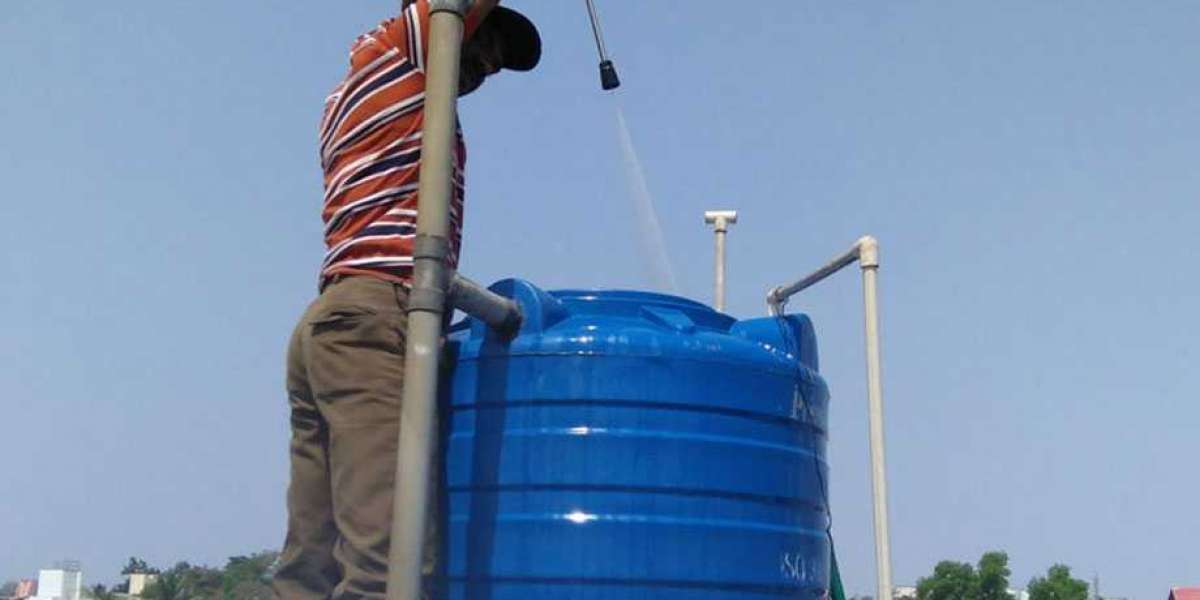Water tanks are essential for storing clean water for various purposes, from drinking and cooking to bathing and cleaning. However, over time, water tanks can accumulate sediment, bacteria, and other contaminants, compromising the quality and safety of the stored water. Regular cleaning of water tanks is essential to ensure the cleanliness, safety, and efficiency of your water supply. In this comprehensive guide, we'll explore everything you need to know about water tank cleaning, including effective methods, important tips, and the benefits of maintaining clean water tanks for your home or business.
Understanding the Importance of Water Tank Cleaning
1. Ensuring Water Quality
Clean water tanks help ensure the quality and purity of the stored water, reducing the risk of contamination and waterborne diseases.
2. Preventing Health Risks
Contaminated water tanks can harbor harmful bacteria, viruses, and parasites that pose health risks to individuals who consume or come into contact with the water.
3. Extending Tank Lifespan
Regular cleaning and maintenance help extend the lifespan of water tanks by preventing corrosion, rust, and deterioration caused by sediment buildup and microbial growth.
Effective Methods for Water Tank Cleaning
1. Drain and Flush Method
Drain the water tank completely, then use a high-pressure hose to flush out any remaining sediment, debris, and contaminants from the tank interior.
2. Scrubbing and Disinfection
Scrub the interior surfaces of the water tank with a mixture of water and mild detergent, then rinse thoroughly with clean water. Follow up with a disinfection step using a chlorine solution to kill any remaining bacteria and pathogens.
3. Vacuum Cleaning
For larger or underground water tanks, consider hiring professional cleaners who specialize in vacuum cleaning methods to remove sediment and debris without the need for draining the tank.
Important Tips for Water Tank Cleaning
1. Schedule Regular Cleanings
Establish a regular cleaning schedule for your water tank, ideally at least once every six months, to ensure ongoing cleanliness and safety.
2. Use Safe Cleaning Products
When cleaning your water tank, use only safe and approved cleaning products, such as mild detergents and chlorine solutions, to avoid contaminating the water supply.
3. Inspect for Damage
During the cleaning process, inspect the water tank for any signs of damage, leaks, or corrosion, and address any issues promptly to prevent further deterioration.
Benefits of Maintaining Clean Water Tanks
1. Safe and Healthy Water Supply
Clean water tanks provide a safe and healthy water supply for drinking, cooking, bathing, and other household or commercial activities.
2. Cost Savings
Regular maintenance and cleaning of water tanks help prevent costly repairs, replacements, and water treatment expenses associated with contaminated or damaged tanks.
3. Environmental Protection
Maintaining clean water tanks contributes to environmental protection by minimizing the risk of water pollution and contamination of natural water sources.
Conclusion: Invest in Clean Water Tanks for a Healthier Environment
Water tank cleaning is essential for ensuring the cleanliness, safety, and efficiency of your water supply. By following effective cleaning methods, scheduling regular maintenance, and adhering to important tips, you can maintain clean water tanks and enjoy the benefits of a safe and healthy water supply for your home or business. Don't overlook the importance of water tank cleaning – invest in clean water tanks today for a healthier environment and peace of mind.




